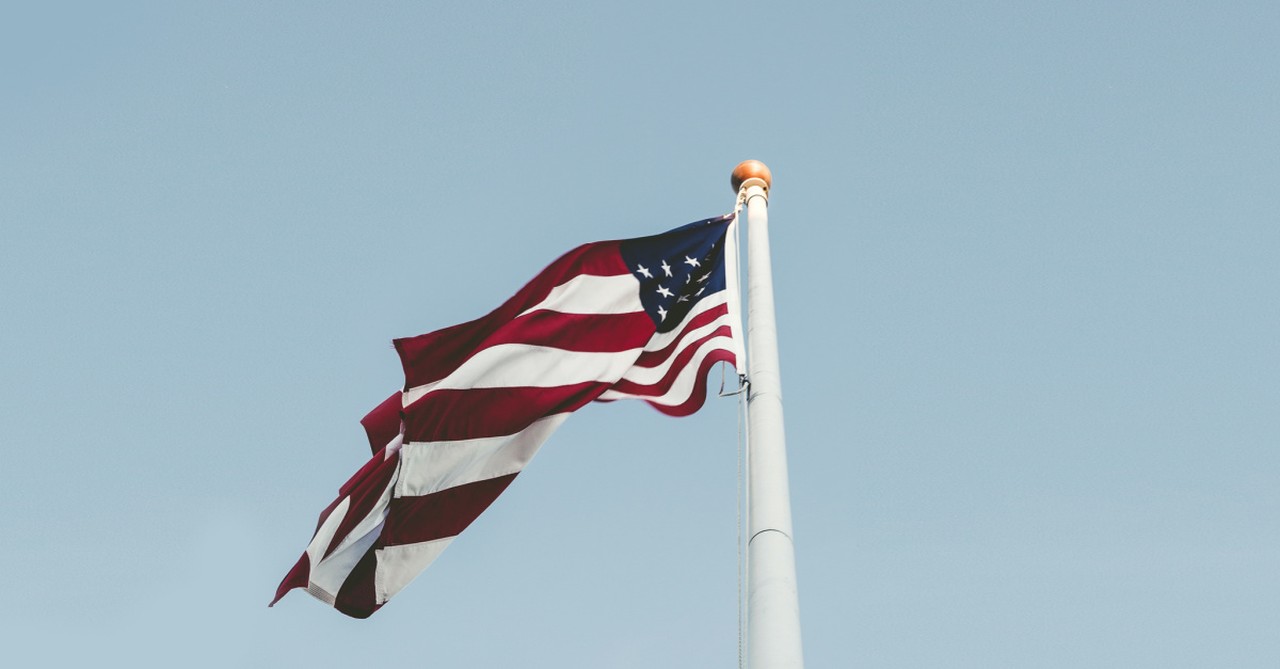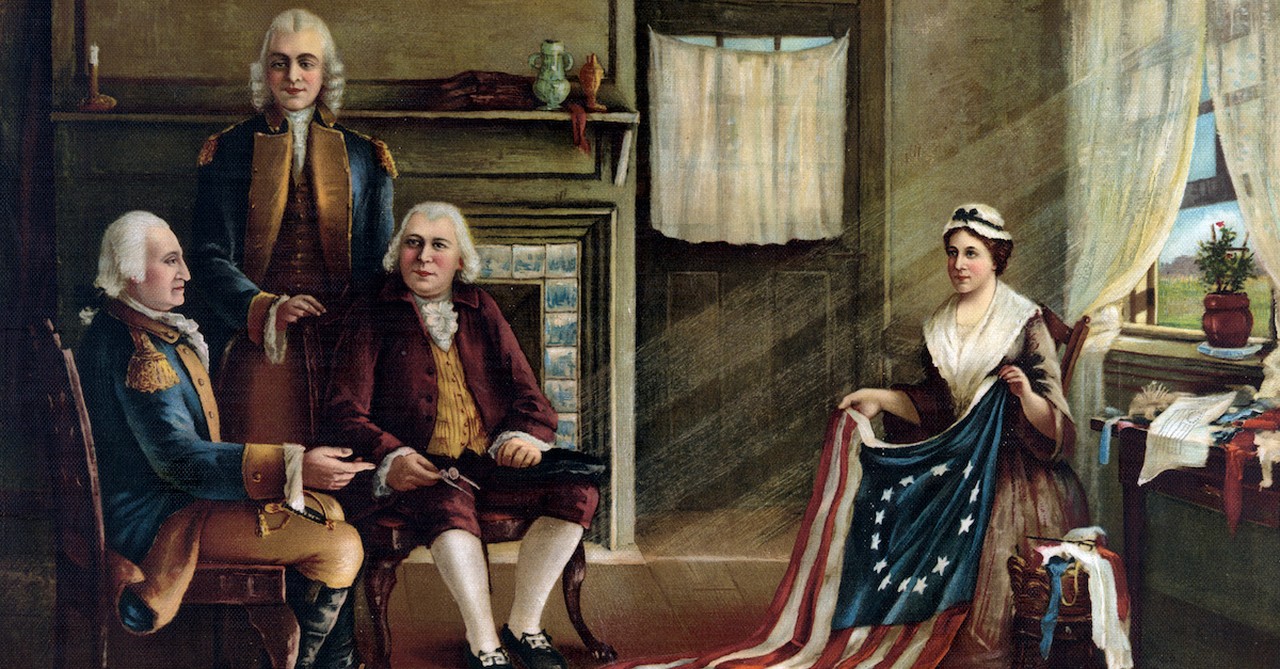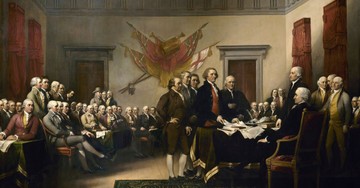3 Things to Teach Your Kids about Independence Day

The Fourth of July is coming faster than many of us are prepared for! And with it comes the centuries-old traditions that bring to life the rich history of the United States of America. While every nation has its roots in the good and the bad of humanity, there is also much to be celebrated with national pride and a rich history of the coming together of many nations to a place that represents freedom.
It's an especially exciting holiday for our children as they prepare for outdoor fun, cookouts, and fireworks. Remember being a kiddo and running around with a sparkler in your hand? Oh, that is the best sort of Fourth of July fun there is!
But what are important things to teach our kids about this upcoming Independence Day? Are there pieces of American history we can still be inspired by? There are so many layers of ick to sift through in American history, but are there stories of great men and women who furthered the cause of freedom for all?
Let's look at a few lesser-known historical facts surrounding Independence Day that will be great history lessons for your kids and also important elements to remember as we raise the flag with American pride while also humbly acknowledging mistakes made.
Photo credit: ©GettyImages/AleksandarNakic
1. July 2nd was actually Independence Day

1. July 2nd was actually Independence Day
SLIDE 1 OF 3
If you ask John Adams. It was on July 2nd, 1776, that the Colonies absolved their allegiance to the Crown and declared themselves independent states. Because of this, John Adams was certain that the 2nd of July would remain a historical date of significance and highlight the beginning of a new nation.
Adams wrote, "[Independence Day] will be the most memorable Epocha, in the History of America. I am apt to believe that it will be celebrated, by succeeding Generations, as the great anniversary Festiva. It ought to be solemnized with Pomp and Parade with shews, Games, Sports, Guns, Bells, Bonfires and Illuminations from one End of this continent to the other from this Time forward forever more."
Once voted on, Congress then needed a document of intent explaining everything they had determined in a way the public of the Colonies would understand. It had already been drafted, but it took two days to filter through edits and polish it in such a way that it would last as a foundational stone in the construction of America. The Declaration of Independence was approved and printed on July 4th, 1776. It wasn't until the 8th that it was read aloud to the public.
Later, largely due to the date on which the document was finalized, the Fourth of July became the date of the celebration of freedom. But John Adams stuck to the opinion that the true date of independence was the date it was declared to Britain—July 2nd.
Incidentally, both John Adams and Thomas Jefferson passed away on the Fourth of July in 1826.
Read more here.
Photo credit: Thomas Kelley/Unsplash
2. Betsy Ross made the American flag as a military symbol, not so much a symbol of freedom (or did she make it at all?).

2. Betsy Ross made the American flag as a military symbol, not so much a symbol of freedom (or did she make it at all?).
SLIDE 2 OF 3
There is speculation as to whether or not Betsy Ross is responsible for creating the American flag. However, while there may not be a formal written record, there is a lot of evidence that may be too coincidental to ignore.
For one, Betsy Ross received a large sum of money from the Pennsylvania State Navy Board, and it was the very next day, June 14th, 1977, that the American flag was made the official flag of the Colonies. And there have also been records found at George Washington's estate that indicate Betsy Ross also made bed hangings for Washington—so it wouldn't be a stretch that he would engage her in the creation of an object of symbolism for him during the War of Independence.
But did the flag mean freedom, as we associate with it today? Not really. In fact, according to the story, George Washington commandeered Betsy Ross to create the flag as a means of recognition on the battlefield and at important locations throughout the Colonies. Perhaps Washington had visions of it becoming symbolic of a nation, but at that time, it was less a symbol and more a form of identification.
Either way, it's probably safe to say that whoever first crafted the American flag did not craft it with the idea of its symbolism being so critical and important hundreds of years later.
Photo credit: ©GettyImages/KeithLance
3. There is more than one Captain Jack, and "Sparrow" is not his name.

3. There is more than one Captain Jack, and "Sparrow" is not his name.
SLIDE 3 OF 3
Captain James Jack had his own "Paul Revere" ride, and though it has not heralded him with nearly the same amount of fame, it is no less important.
As tensions were rising and Patriots were determining whether to secede from the Crown, the Mecklenburg Declaration of Independence was allegedly signed on May 20th, 1775. A whole year before the Declaration of Independence that we are all familiar with. This was a bold move, and to let the Congress in Philadelphia know, Captain James Jack took the document into his protection and rode off to deliver it.
Captain Jack carried the volatile words of liberty in his coat, and Loyalists to the Crown tried to detain Captain Jack for treason. He was not, however, to be thwarted, and in an escape, Captain Jack succeeded in presenting the declaration to members of Congress. While the papers were considered "premature" and Congress—at that time—still hoped for reconciliation—it continued the motion toward the Colonies becoming a free nation.
Had Captain Jack been caught, held, and tried, he would have been hung immediately for betraying the Crown. Later, his home was torched by the British because of his association with the Revolution.
History is easy to lose amidst the pomp and circumstance of the Fourth of July. Parades and fireworks are intended to remind us of these heroes and those who fought for freedom and the making of a new nation.
Do you have plans to remind your children of the sacrifices made so that we can enjoy the nation in which we live? Will you remind them of those who went before us to create a new government, those who have fought to maintain and preserve our nation, and those who continue to do so to this day as they summon the spirit of Captain James Jack and General George Washington and even the simple duty of Betsy Ross?
This Fourth of July, while you lay out the blanket on the lawn, settle in as dusk sets, and prepare for the booms and explosions made by the fireworks of freedom, remember the words of Francis Scott Key that he penned as he witnessed the bombardment of Fort McHenry, and was inspired by the flag as it waved over the fort.
O say, can you see by the dawn's early light / What so proudly we hailed at the twilight's last gleaming
Whose broad stripes and bright stars, through the perilous fight / O'er the ramparts we watched, were so gallantly streaming?
And the rocket's red glare, the bombs bursting in air / Gave proof through the night that our flag was still there
O say does that star-spangled banner yet wave / O'er the land of the free and the home of the brave
Jaime Jo Wright is an ECPA and Publisher’s Weekly bestselling author. Her novel “The House on Foster Hill” won the prestigious Christy Award and she continues to publish Gothic thrillers for the inspirational market. Jaime Jo resides in the woods of Wisconsin, lives in dreamland, exists in reality, and invites you to join her adventures at jaimewrightbooks.com and at her podcast madlitmusings.com where she discusses the deeper issues of story and faith with fellow authors.
Originally published June 25, 2025.









